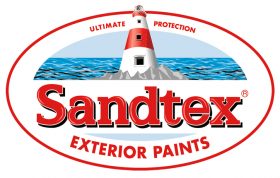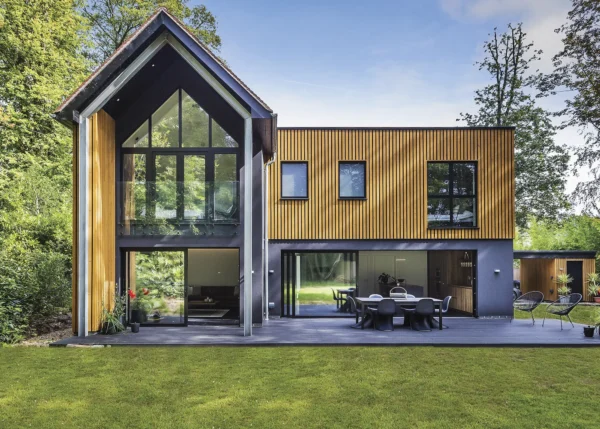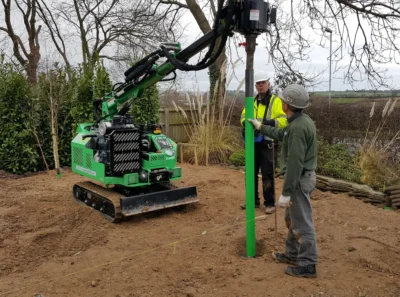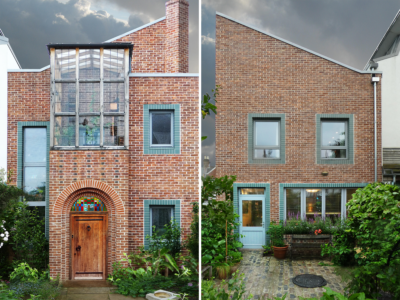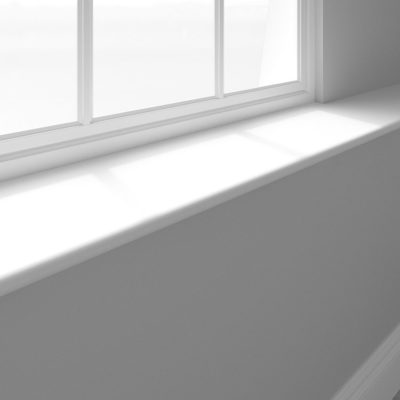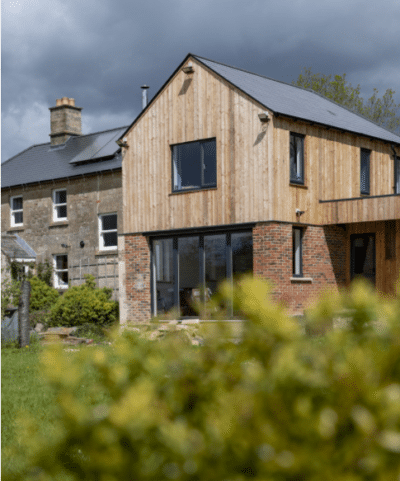How to Choose Masonry Paint
Maintaining a property’s exterior is often thought of as a tricky annual job, but by staying on top of upkeep, you’ll enjoy a home that’s bursting with kerb appeal and protected against the elements. One of the best ways to shield your home is to invest in a high-quality finish – so how do you know if you’re choosing the right masonry paint for your project?
Why is kerb appeal important?
Firstly, let’s take a look at why it’s essential to ensure your home exterior is well maintained. As the facade of a property is the first thing visitors or potential buyers will notice about your home, good presentation is vital, helping to set the standard for the rest of the house.
What’s more, if you’re thinking of selling your home any time soon, it will give purchasers confidence that the rest of the property has been well looked after – which could help you to secure a quick sale that meets your asking price.
One of the great things about today’s masonry paints is that they’re available in a huge variety of colours to suit any style of property – from traditional cottages to ultra-modern homes. You can even consider one-off feature walls that add a splash of personality to your home.
In many cases, your choice of finish will be totally down to your preference. However, if you’re building a new home or renovating a ‘designated property’ (such as a listed building) it’s important to check your plans with your local authority – they may insist that you choose colours and textures that reflect the vernacular finishes in your area.
One of the best ways to check which colour is best for your project is to try a tester pot. Use these to paint a piece of card, then hold it up to the external wall in different light conditions so you can see what the paint will look like at different times of the day. Try it out in various areas to show the colour in shaded parts of your property, too.
Which masonry paint should I choose?
With the right paint, you can protect your property and keep it looking good for longer. Today’s versions offer effortless application so homeowners can achieve flawless coverage.
When selecting your paint, look for products that are durable, dirt resistant and waterproof. Look out for products with Microseal or similar technology, as they stay cleaner than other types, and will also be more breathable than some modern products.
How to apply masonry paint |
|
There are two main types of masonry paint to choose from. If specified and applied correctly, both will last up to 15 years. If you’re painting a large surface area, then a ‘Smooth’ version is likely to be your best option. As the name suggests, it will have a smooth, creamy consistency that makes it quick and easy to apply.
The alternative is ‘Fine Textured’ masonry paint, which is great when extra durability is required for areas that are exposed to harsh elements. Its formulation is also ideal for covering fine cracks in existing surfaces.
What surfaces can I use masonry paint on?
Masonry paints are suitable for covering most types of facings, such as brick and render (including roughcast or pebbledash surfaces), as well as concrete, building blocks and existing emulsion or masonry painted surfaces.
You’ll usually need two coats of your new paint to ensure a nice, even coverage that will give an attractive, durable finish.
How much paint do I need?
If your decorator isn’t providing materials, the job of working out how much masonry paint you need may fall to you. It’s important to get this right, and not just to save yourself an extra trip to the DIY shop! If you have to stop painting part-way across a wall you’re likely to end up with an unsightly ‘wet edge line’ in the surface finish.
Thankfully, figuring out how much masonry paint to buy is fairly straightforward. Here’s how you can do it:
- Measure the length and height of each wall to be painted (in metres) and multiply them together to get the surface area
- For example, a four-metre wide wall with a height of three metres would give a total area of 12 square metres
- Subtract the surface area of bits that aren’t being painted from this figure (such as doors and windows)
- You’ll now have a final square metre area that needs to be covered. Check the tins of the product you’re considering – these should show the coverage rate (square metres per litre) for the paint. Remember that in most cases you’ll be applying two coats
Mark Bannister, Technical Consultant at Sandtex, has been part of the Crown Paints family for over 15 years. With an abundance of product knowledge coupled with extensive training and experience in painting and decorating, his tips and advice are second to none. To learn more on how to protect your property, and for information on the whole range of Sandtex products (including masonry, wood and metal paints) visit www.sandtex.co.uk

































































































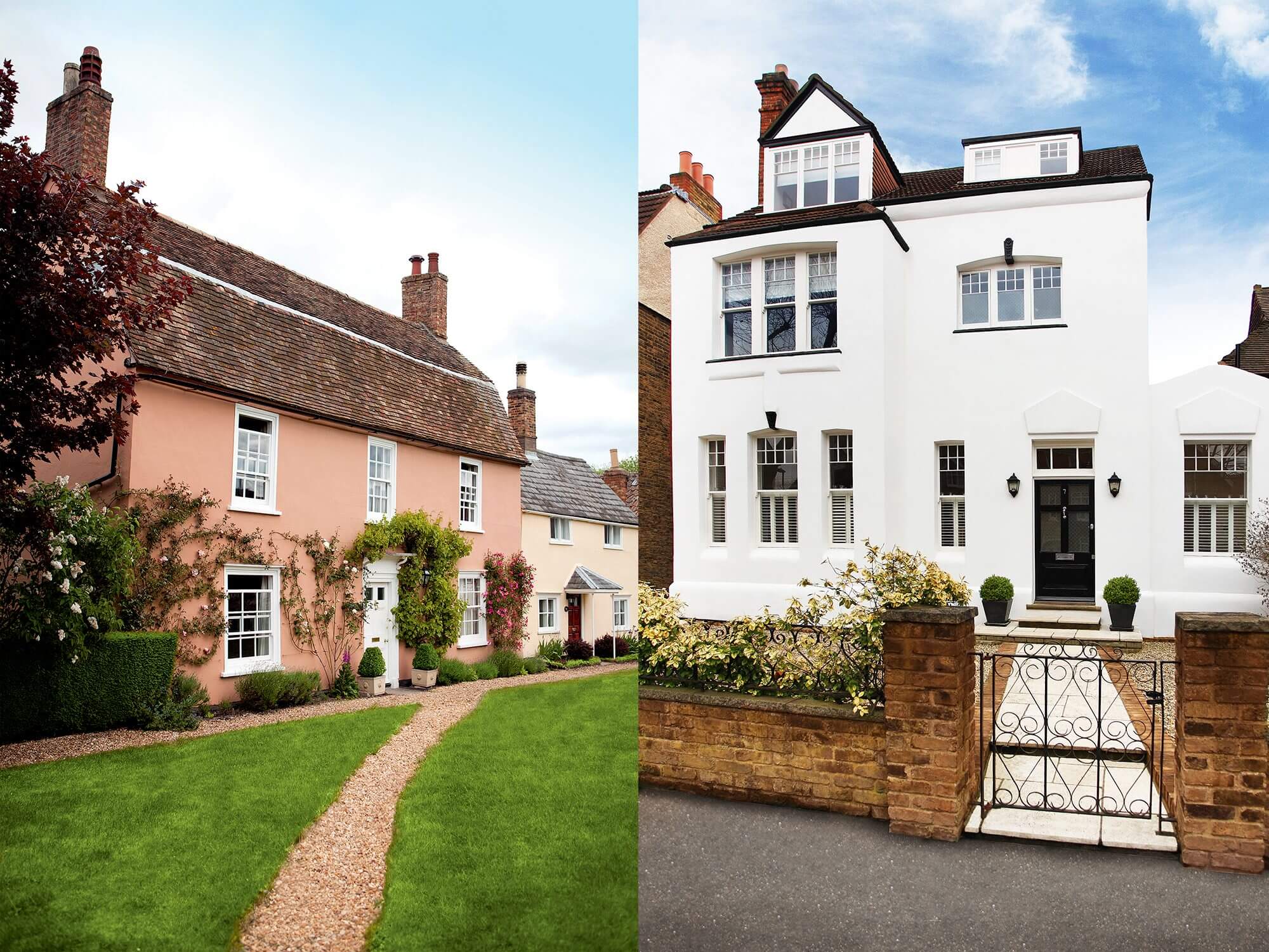
 Login/register to save Article for later
Login/register to save Article for later
